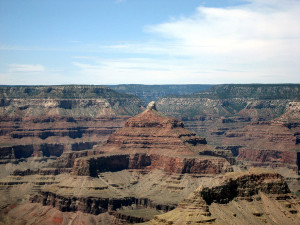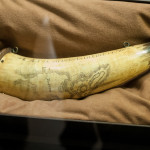Idly flipping channels on a Saturday afternoon, I came across an awful sixties beach party movie. The camera lingered on the male lead, a young man whose profile seemed oddly familiar. The story wasn’t exactly new. The young man was pretending to be someone he was not, in order to win the heart of a lovely young lady. I didn’t know the name ‘Tommy Kirk’ until I did some quick reconaissance online. I knew his face. As a child actor, he’d featured in films like Old Yeller, the Shaggy Dog, Swiss Family Robinson. As a kid, I’d felt a connection to the boy I saw on-screen. I didn’t want to be him, I wanted to be his friend. His, ah, close friend. I wanted to inhabit his world, too, where everything was black and white, the Dads were all Fred MacMurray and adventures, even scary ones, invariably ended well.
Disney’s version of America was recommended to the grade school me and my classmates without caveat. Davy Crockett was the unquestioned king of the wild frontier, and Daniel Boone’s marksmanship, frontier savvy and natural genius deserved to be presented in no less than Walt Disney’s Wonderful World of Color.
Of course, even when very young, I understood there was an element of make-believe to Disney’s vision. I knew the world and other kids could be nasty; I had siblings. But Disney’s vision of a world living in harmony was one to which we all could aspire, right?
Cut to 1996. I’d graduated college and the world wide web was just being built out. It would take another five years before the debut of Google search. I had time to do some soul-searching. I admitted (first to myself, then others) that I felt more attracted to guys than girls. I thought about the ways I’d deceived myself through the years, and I remembered ‘that kid from the black and white Disney films, what was his name?’ I remembered wanting to be his friend. His close friend. I’d had a crush on the guy, I realized. I briefly felt mortified by my moony-eyed sixth-grade self but I moved on and I forget all about… what was his name?
A few years ago, I came across a ‘where are they now?’ photo spread, featuring Disney stars past and present. I learned that Tommy Kirk hadn’t quit movie-making to become a Fred MacMurray-style father. He’d been fired by Walt himself when the studio discovered Tommy Kirk was gay.
Look, Walt Disney’s accomplishments are staggering. Every man and woman of every era has flaws, and the sins of most eras are obvious only in hindsight. I don’t hate Disney for his bias against Tommy Kirk (and, by extension, me.)
But in Northern Arcadia, there will be room for “fresh faced, slightly goofy” young men who just happen to be attracted to other young men. There will be room for heroes who are women, and there will be room for people with skin in all shades of black, brown and tan.
That’s my idea of a truly ‘wonderful world of color.’


